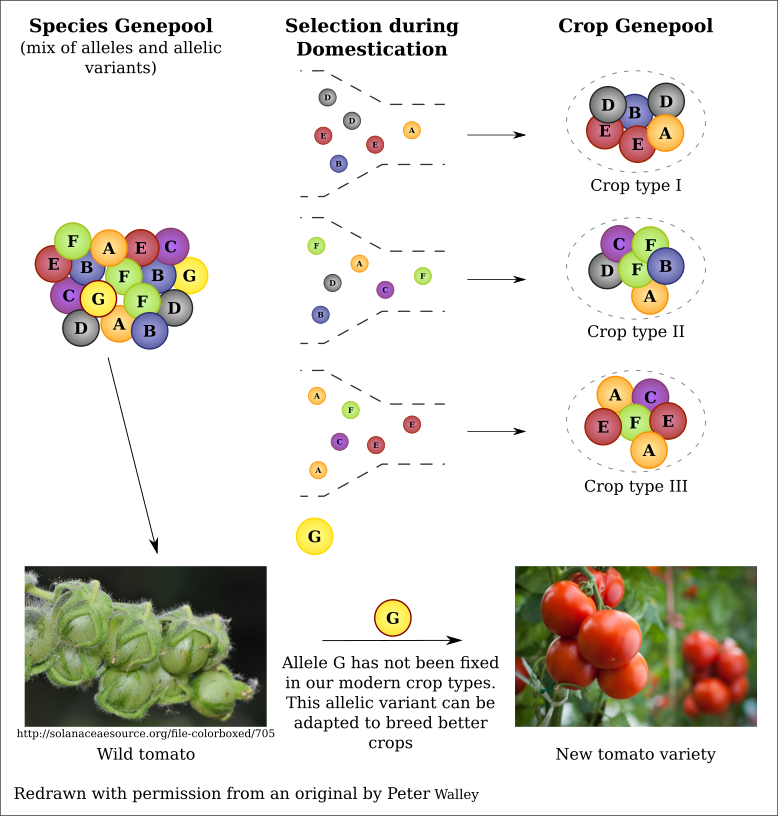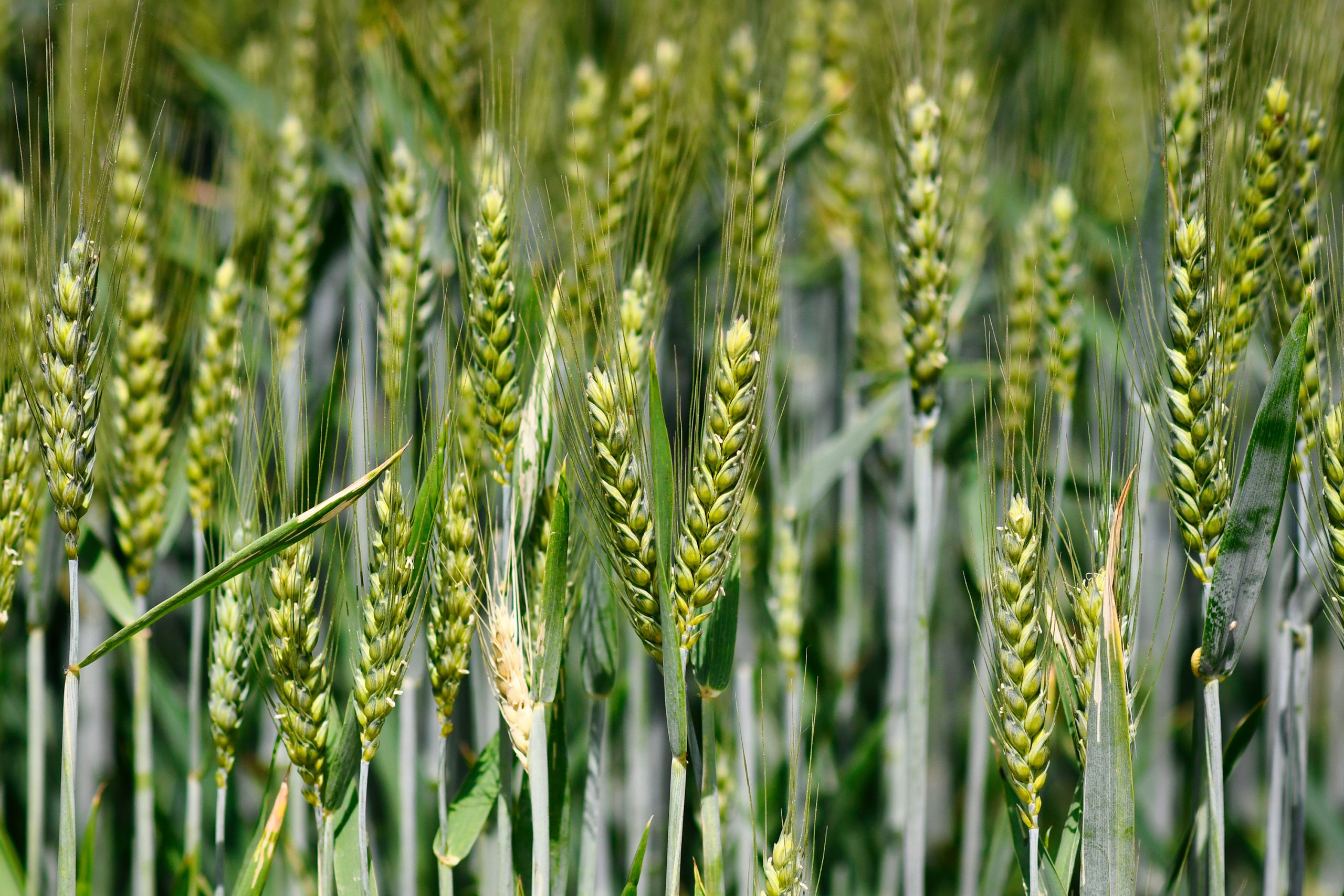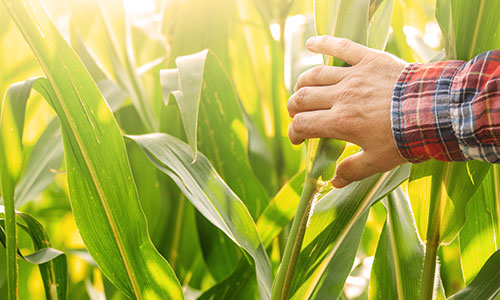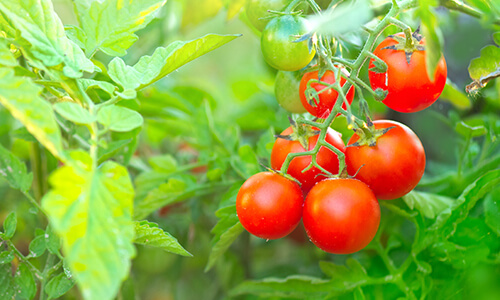Crop breeding and natural variation in photosynthesis
Improving crop yields by targeting photosynthesis has not yet delivered more efficient crops to farmers. But growing scientific evidence indicates that increasing photosynthetic efficiency in crops is a clear and achievable target.
CAPITALISE will target photosynthesis and improve it by exploiting natural variation in key processes using conventional plant breeding techniques. This will avoid using genetic modification or gene editing that is not widely accepted in Europe.
The aim of the CAPITALISE project is to provide genetic resources from a pool of naturally occurring genetic variation for photosynthetic traits in three important diploid crop species: maize (a C4 monocot), barley (a C3 monocot and a genetically simpler proxy for wheat), and tomato (a C3 dicot and a genetically simpler proxy for potato). These crop models have been selected for ease of use and as the best platforms from which to translate scientific approaches into other more genetically complex crops including wheat and potato. They represent the two main lineages of crop plants and the two dominant photosynthetic systems. All are economically important and provide insight into other staple crops.
CAPITALISE partners have developed and partially characterised a number of germplasm collections providing structured and unstructured collections of allelic variation that represent a diverse gene pool for the target species. The CAPITALISE consortium have now carefully selected a targeted range of suitable germplasm resources representing a broad range of genetic materials and traits.
Crop breeding and biodiveristy
The breeding of domesticated crops can be tracked back in the human history for more than 10 000 years. This breeding depended only on selection of the best performing plants.
Since Mendel’s Laws were defined at the end of 19th century, targeted crossing of parental genotypes carrying the desired traits became the main way of crop improvement. Currently, in an era of technological boom, breeding programs have become a complex interdisciplinary process involving broad skills in various fields of science such as genetics, genomics, phenomics, bioinformatics and in addition to conventional breeding, use new techniques based on genetic engineering and genome editing.
In Europe, however, plants produced by genetic modification are not readily acceptable as crop plants following the recent CJEU ruling. Instead, crop breeding for European markets must rely on conventional methods to produce new varieties exploiting natural genetic variation or traditional methods of mutagenesis. Therefore, the central focus of CAPITALISE is to identify naturally occurring genetic variation for the target photosynthetic sub-traits and use it to increase photosynthetic efficiency in the target crops. To achieve this, CAPITALISE partners have developed innovative germplasm collections in each of the three model crops (barley, maize and tomato). These include bi-parental and multi-parental mapping populations suitable for quantitative trait loci (QTL) analysis, diversity panels suitable for genome-wide association studies (GWAS), and mutant collections.

Once the desired QTLs are identified, CAPITALISE will combine them with elite breeding materials developed by breeding companies through crossing and introgression. This will provide a validation step that will boost the validity and usability of the loci discovered, making them more desirable in currently ongoing breeding pipelines and potentially disclosing new paths in the development of improved varieties.
Read more about

Barley

Maize
